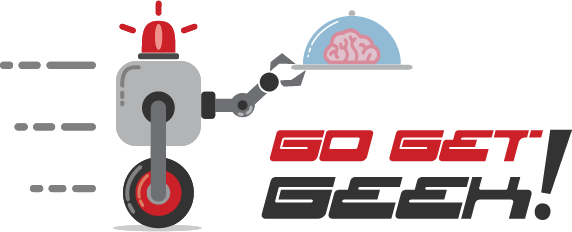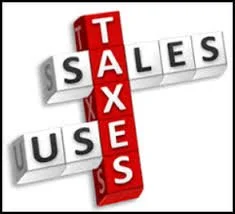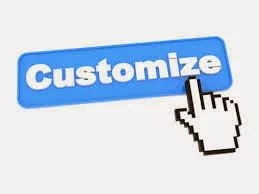How To Refund Sales Tax Only with Automated Sales Tax On in QuickBooks Online
For businesses that have to collect sales tax, the automated sales tax in QuickBooks Online can make the process easier. The burden is no longer on the user to figure out if a transaction is taxable and what the correct rate is. When shipping product out of state, I have seen QuickBooks also determine economic nexus for sales tax and automatically calculate and add sales tax for certain states. Nexus refers to states that require sales tax even when shipped in from other states. However, the problem is that the collection of sales tax isn’t usually required unless a threshold is reached, for example, $200,000 or 100,000 transactions in a calendar or other yearly period determined by the state. If sales tax was collected on transactions when technically not required yet, the option is to either refund the sales tax to the customer or set up and pay the state agency.
So, let’s say QBO started collecting sales tax after shipping your product to Massachusetts. How would you go about refunding the amount collected to the customer after they had paid their invoice?
Create A Refund Receipt
Enter the same product and quantity that was on the original invoice and leave as taxable.
Enter the same product with a negative quantity and uncheck the Tax checkbox.
Refund the customer for only the amount of the sales tax.
Go to Sales Tax Settings and turn off (make inactive) the state agency so that tax isn’t collected going forward.
Unfortunately, at this time QuickBooks doesn’t keep track of the thresholds for all the different states. And since this changes constantly, with new states added to the list of those with nexus, it is still up to the business or accountant to keep informed of the requirements and monitor sales for each state for if and when a threshold is met. Of course, this is very complicated and such a huge burden for businesses. Hopefully, QBO will automate this process even further by incorporating the threshold requirements and add new states as necessary, similar to how tax tables and forms are updated continually with payroll.









